Report this entry
More from the same community-collection
Hotel Laughlin, El Paso, Texas
The Laughlin Hotel is part of the Old San Francisco District. A ...
City Hall circa 1915, El Paso, Texas
Intersection of Myrtle & San Antonio Streets between 1910-1920. ...
Church and County Courthouse in 1890s
This picture, dating back to the 1890s, shows the County ...
U.S. Army Travelling with Wagons
This shows how the military traveled during this time. In the ...
Bird's Eye View of El Paso from Mesa Garden
The picture captures El Paso between 1890 and 1900. It was taken ...
The Popular Dry Good Company
The Popular department store chain, founded by Adolph Schwartz, ...

















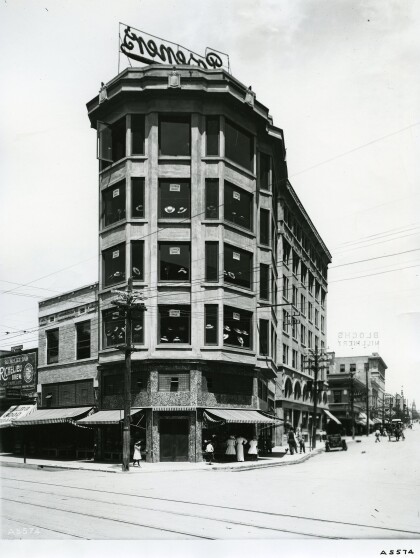
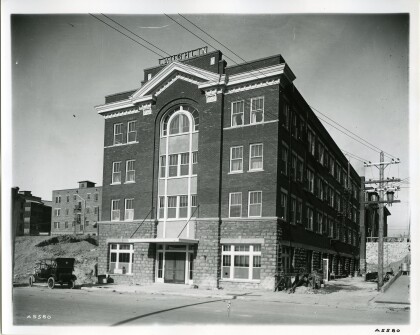
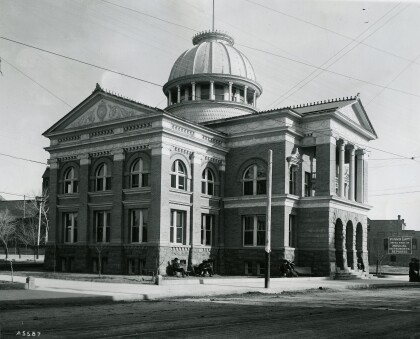
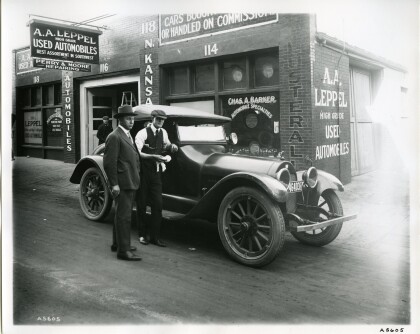
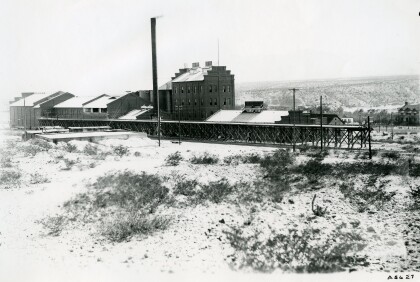
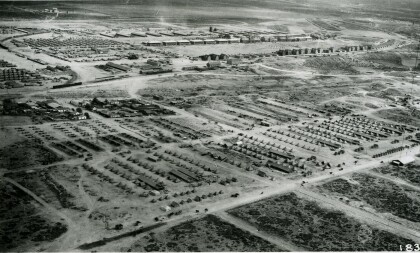
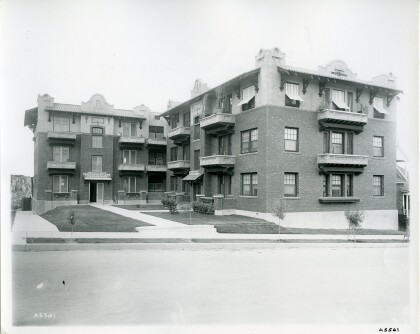
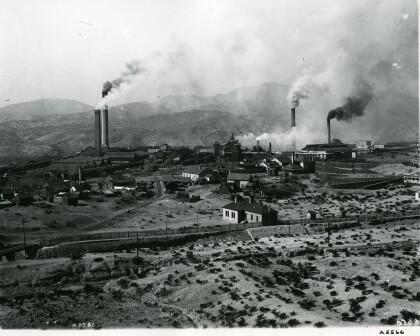
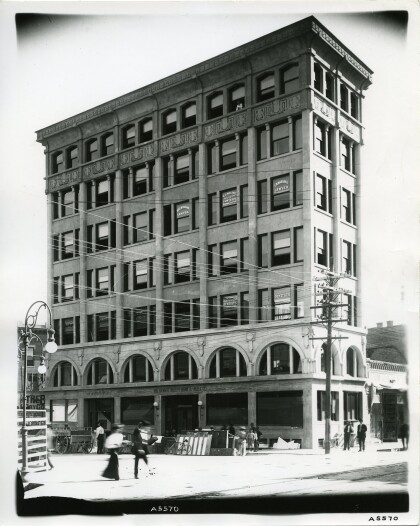
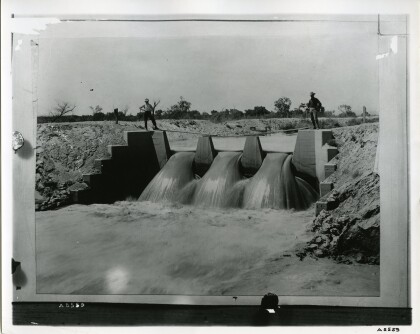
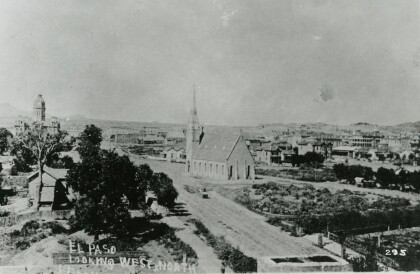
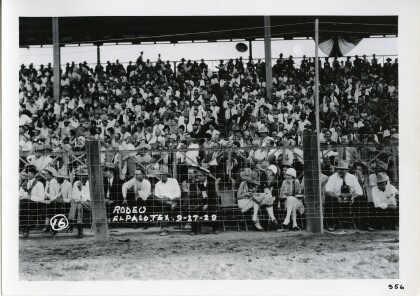
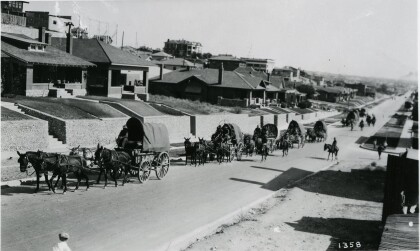
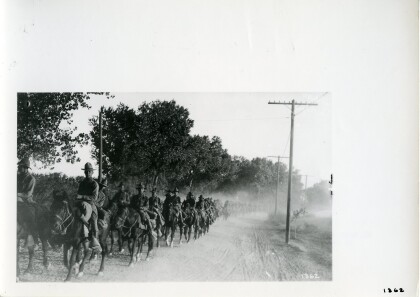
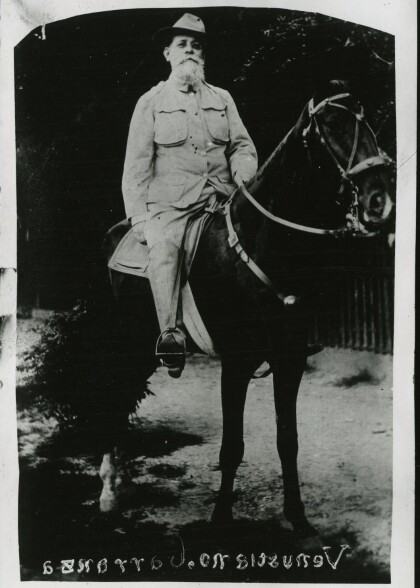
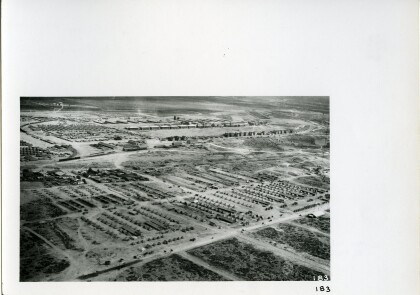
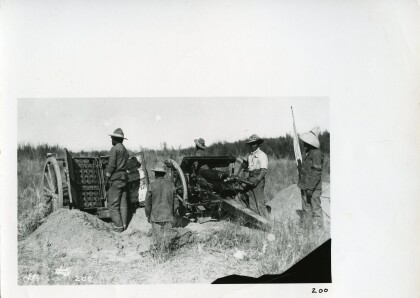
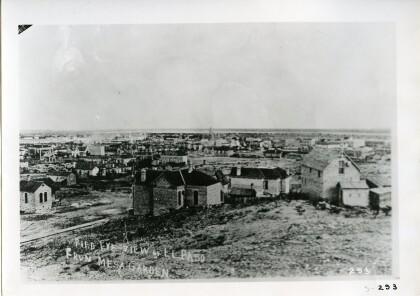
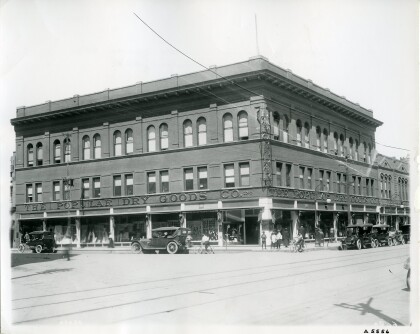
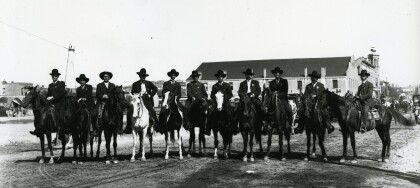
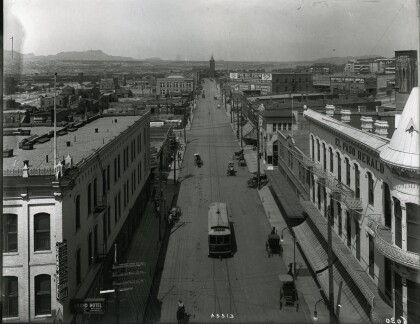
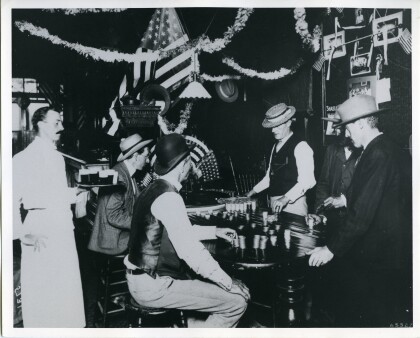
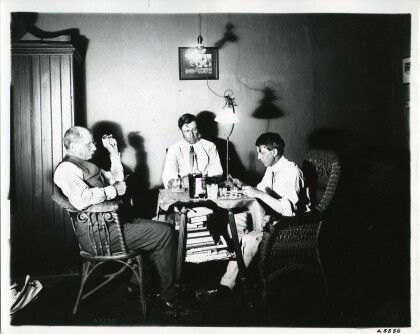
Comments
Add a comment